France Unveils Next-Generation Fighter Jet
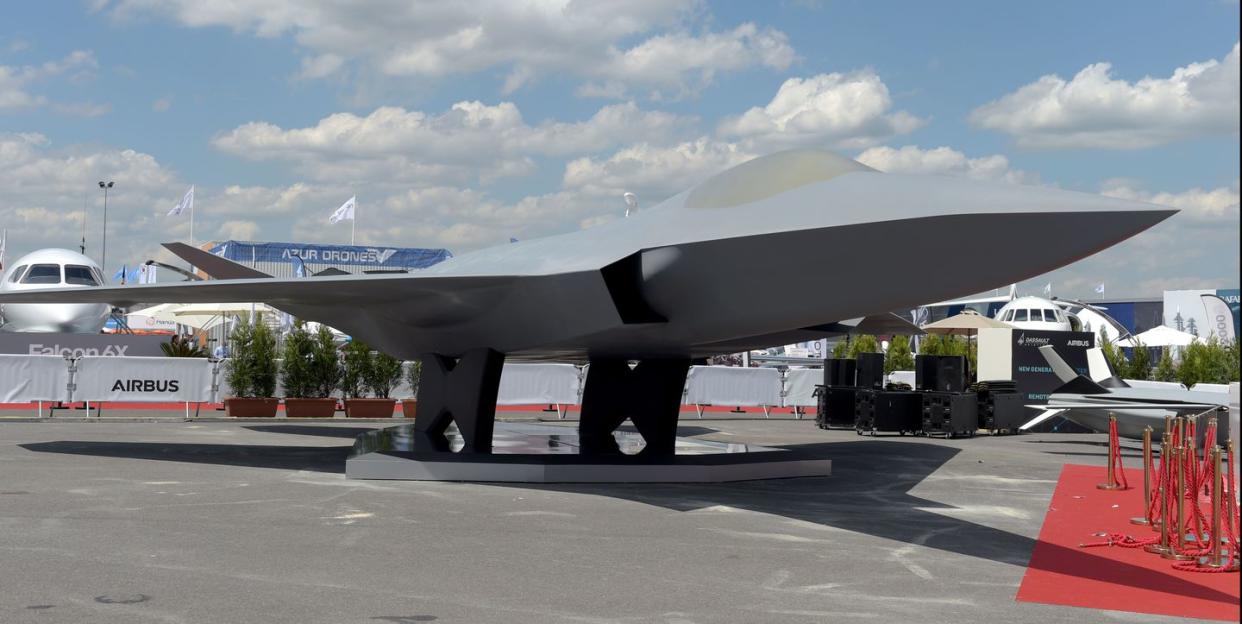
French jet maker Dassault just pulled back the curtain on its vision for a sixth-generation fighter jet. The Future Combat Air System, or FCAS, is Dassaut’s first clean sheet fighter design in four decades, following the 1980s-era Rafale. The aircraft, which is being designed in collaboration with European aircraft giant Airbus, will fly for the first time in 2026.
The fighter jet mockup was unveiled earlier today at the Paris Air Show. The jet features an elevated bubble canopy, promising excellent visibility to the pilot. It also has two engines and F-35-style air intakes. FCAS appears to have a cranked kite wing formation similar to the X-47B unmanned aerial vehicle. The cranked kite design broadens the fuselage, increasing the interior volume of the aircraft and allowing more room for internally stored fuel and weapons. FCAS also looks like it has a single set of low-angle stabilizers replacing traditional, separate horizontal and vertical stabilizers, making the aircraft even more stealthy.
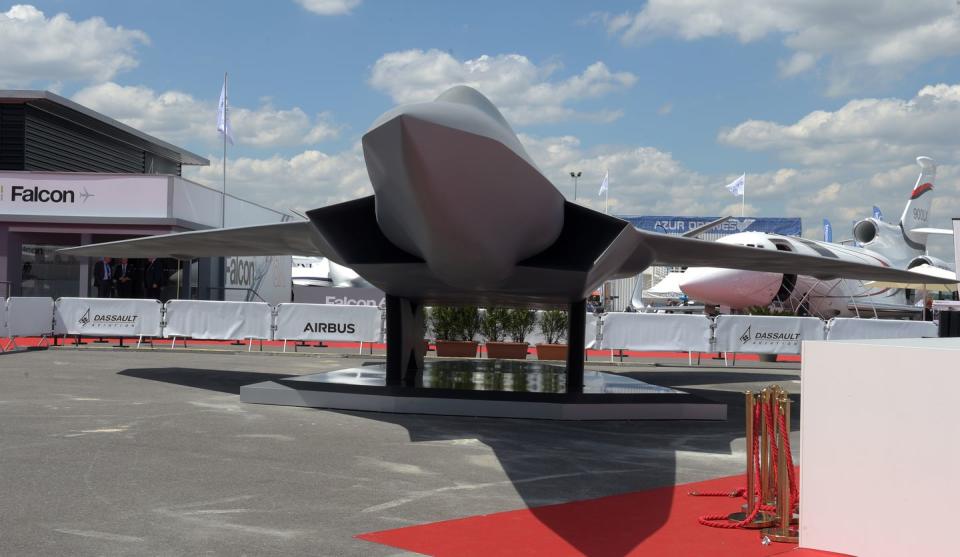
FCAS will almost certainly be a single-seat only jet, as fifth- and sixth-generation fighters are expensive enough without having to develop one and two seat versions. A mockup of the cockpit, posted on Twitter, appears to show a digital screen that takes up virtually the entire space in front of the pilot, providing ample view of things such as maps.
A possible taster of how a #SCAF #FCAS cockpit might look...expect lots more news from this project at #PAS2019 including options for so-called remote carriers and new weapons. pic.twitter.com/lXq6JYqRkF
- Tony Osborne (@Rotorfocus) June 16, 2019
Tony Osbourne, London Bureau Chief for Aviation Week & Space Technology, says the FCAS mockup looks “1/3rd or 1/4 bigger than a Rafale”. A fourth-generation fighter, Rafale carries all of its weapons as well as some of its fuel or specialized equipment externally on the wings and fuselage.
Stealth fighters, however, are designed to carry such stores internally to preserve the fighter’s radar-evading shape-though all have the ability to carry them externally once air superiority is achieved and enemy air defenses are no longer a threat.
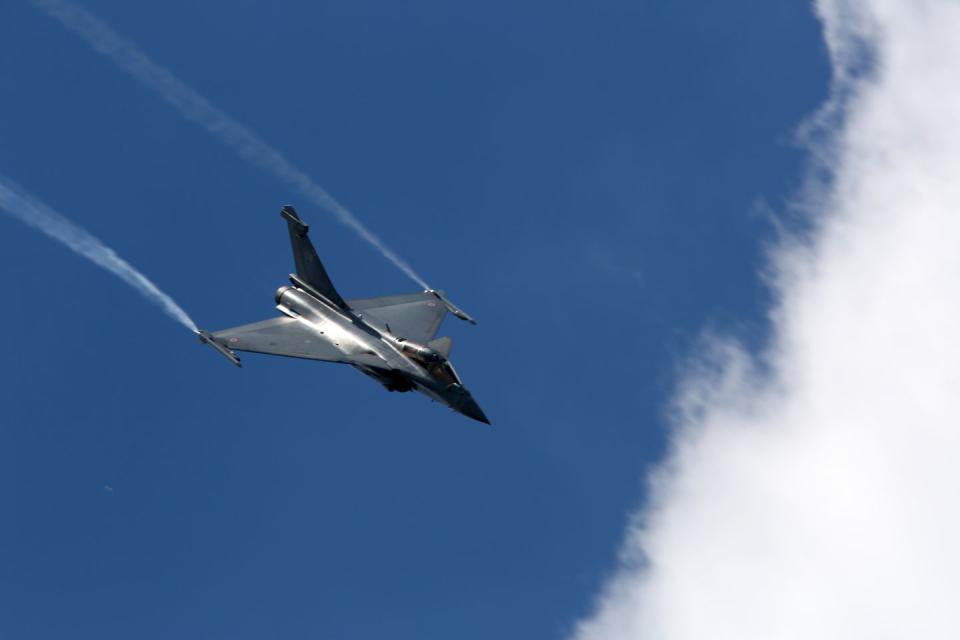
FCAS will be the most pan-European jet in history. While France has traditionally forged its own path by designing and building fighter jets of its own, this time it's collaborating with Airbus to create a replacement for France’s Rafale and the European Eurofighter.
Airbus partner nations Spain and Germany will also field the fighter jet. The U.K., which purchased the Eurofighter, will go it alone this time with its own Tempest fighter, introduced in 2018.
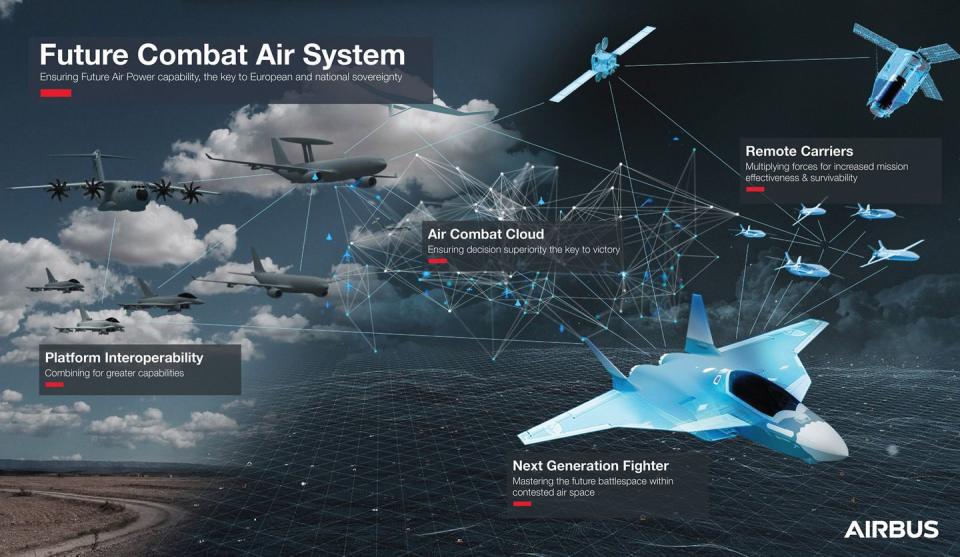
It may be more accurate to describe FCAS as a family of systems, with Dassault designing the fighter component and Airbus the cloud computing and remote carriers. The latter are envisioned as autonomous or semi-autonomous unmanned aircraft flying under control of the fighter pilot and custom-tailored to the mission.
A pilot could control several remote carriers in battle: some designed to imitate full-sized fighters, others to jam enemy electronics, and still others to attack enemy air defense radars and missile launchers. FCAS’ remote carrier concept is similar to the U.S. Air Force’s loyal wingman concept.
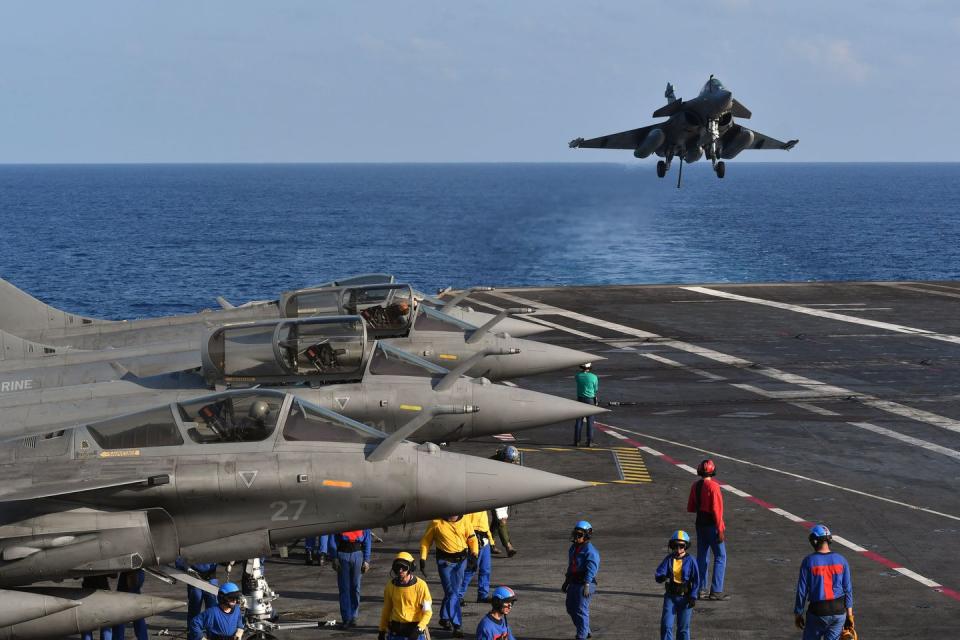
It’s possible to infer other FCAS capabilities by looking at existing aircraft. France will definitely want a carrier-capable version, much like the naval version of its current Rafale aircraft, to fly off the aircraft carrier Charles de Gaulle and its successors. That will require the carrier version to sport a robust set of landing gear to handle the shock of carrier takeoffs and landings.
FCAS will also have the ability to carry nuclear weapons. The French version will carry the ASMP nuclear missile or its replacement, while Germany and other NATO countries will likely require it to be certified to carry the new American B-61-12 nuclear bomb.
A sixth-generation jet, FCAS will allow European countries to leapfrog fifth-generation jets when they replace fourth-generation Tornado and Eurofighter jets. Fifth-generation jets introduced stealth, fusing sensor data into a coherent picture of the battlefield, and the ability to cruise at or above the speed of sound.
Sixth-generation jet capabilities are not generally well-defined, but two of FCAS’ capabilities-the ability to control remote carrier drones and to reach back into cloud-based networks to communicate, send, and retrieve data-are shaping up to become part of the sixth-generation standard.
Source: FlightGlobal
('You Might Also Like',)

